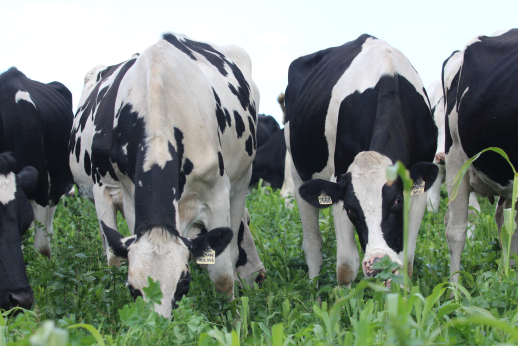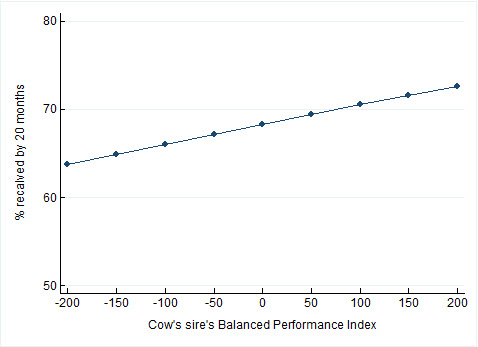Feeding the Genes
Daughters of higher BPI sires produce more milk solids and last longer than the daughters of lower BPI sires in all pasture-based feeding systems. The interaction between genetics and feeding vary by index and feeding system. Read more about this exciting research into the interaction between feeding systems and genetic merit.
Herd managers using artificial breeding should select high Balanced Performance Index, Health Weighted Index or Type Weighted Index sires whose semen price is appropriate and whose Australian Breeding Values are aligned with the breeding objectives for their herd, according to the ‘Feeding the Genes’ project.
The Feeding the Genes project consisted of a literature review and a detailed research study.

-
- Genotype by environment interaction for milk production is generally low to modest, but important reranking may be occurring in some circumstances. Genotype by environment interaction may be most important between feeding systems, and across pasture-fed herds with different feed intakes.
- Evidence about genotype by environment interactions for reproductive traits is limited, but important reranking may be occurring in some circumstances. This should be investigated in various Australian environments in future.
The key findings from the research study were as follows:
-
- Herd managers do not need to be feed high rates of supplements to benefit from selecting high Australian Profit Ranking sires.
- In all feeding systems, the daughters of higher Australian Profit Ranking sires produce more milk and are just as likely (if not more likely) to last in the herd as daughters of lower Australian Profit Ranking sires. This dispels the commonly-held belief that the daughters of high Australian Profit Ranking sires are less likely to last a long time in the herd.

Daughters of high BPI sires are at least as likely (if not more likely) to last in the herd. This figure shows results for Holsteins in pasture based feeding system 2.
-
- The benefits of greater genetic merit vary between feeding systems (ie there is an interaction between genetic merit and feeding system). The response from selecting high Australian Profit Ranking sires is greater in herds using more intensive feeding systems (hybrid and total mixed ration) but selecting high Australian Profit Ranking sires has benefits in all feeding systems.
- Given the very close correlations between Australian Profit Ranking and each of the Balanced Performance Index, the Health Weighted Index and the Type Weighted Index, effects of the new breeding indices would be very similar to these effects of the Australian Profit Ranking.
- On average, semen from high Australian Profit Ranking sires cost no more than that from lower Australian Profit Ranking sires.
- Herd managers using artificial breeding should select high Balanced Performance Index, Health Weighted Index or Type Weighted Index sires whose semen price is appropriate and whose Australian Breeding Values are aligned with the breeding objectives for their herd.


